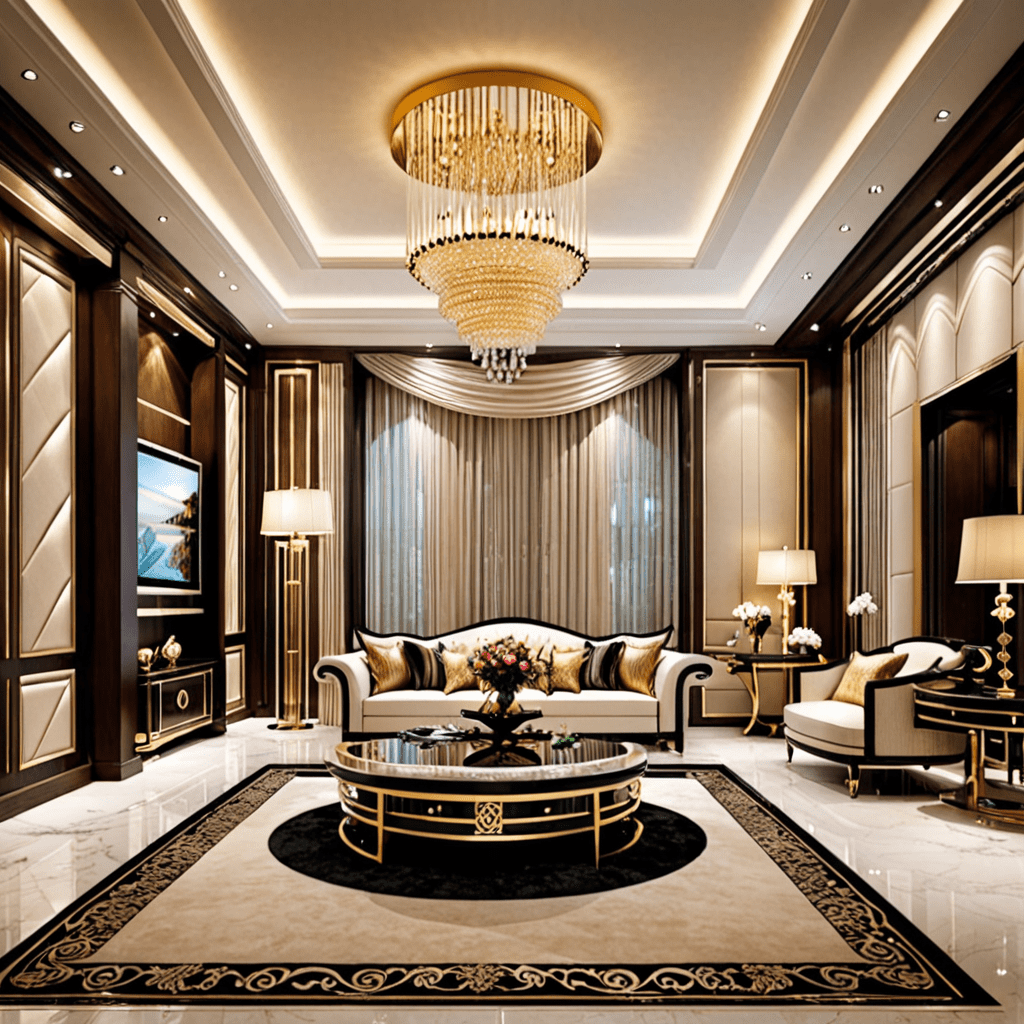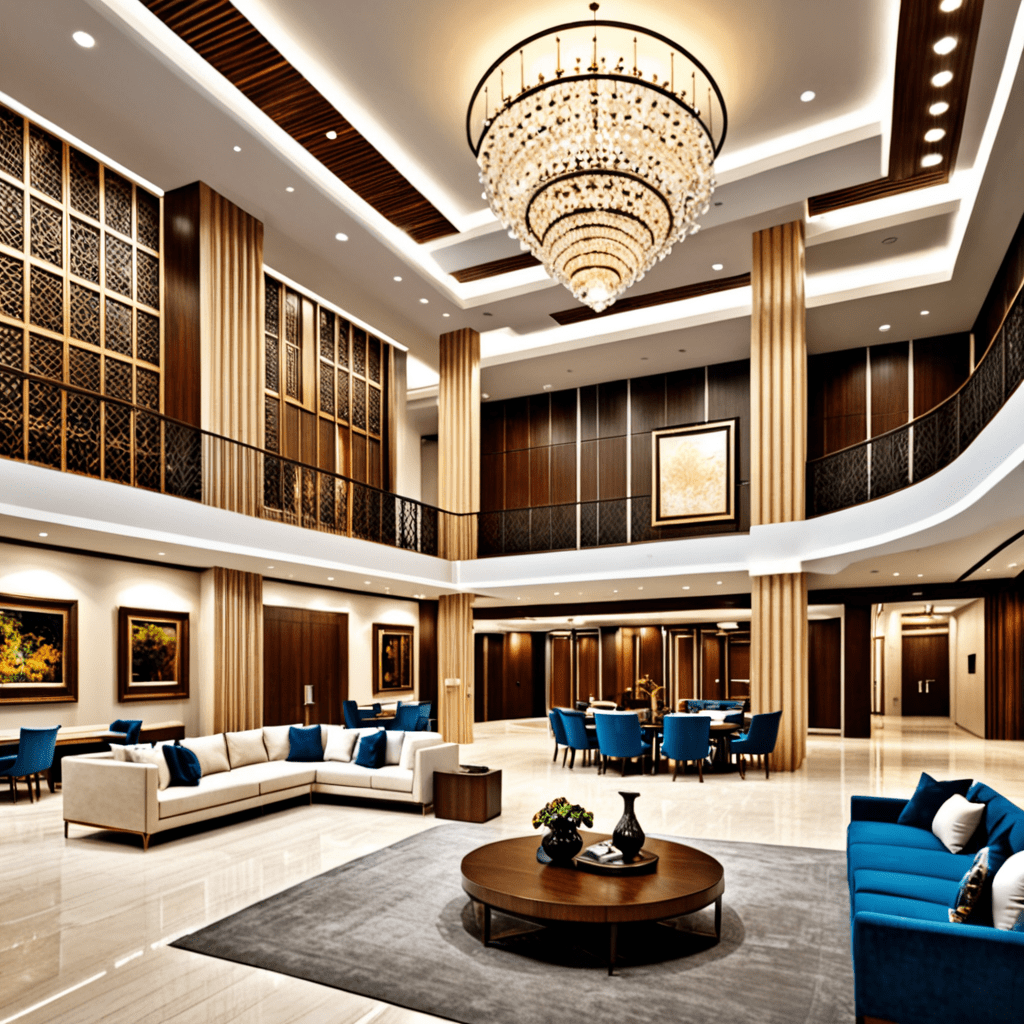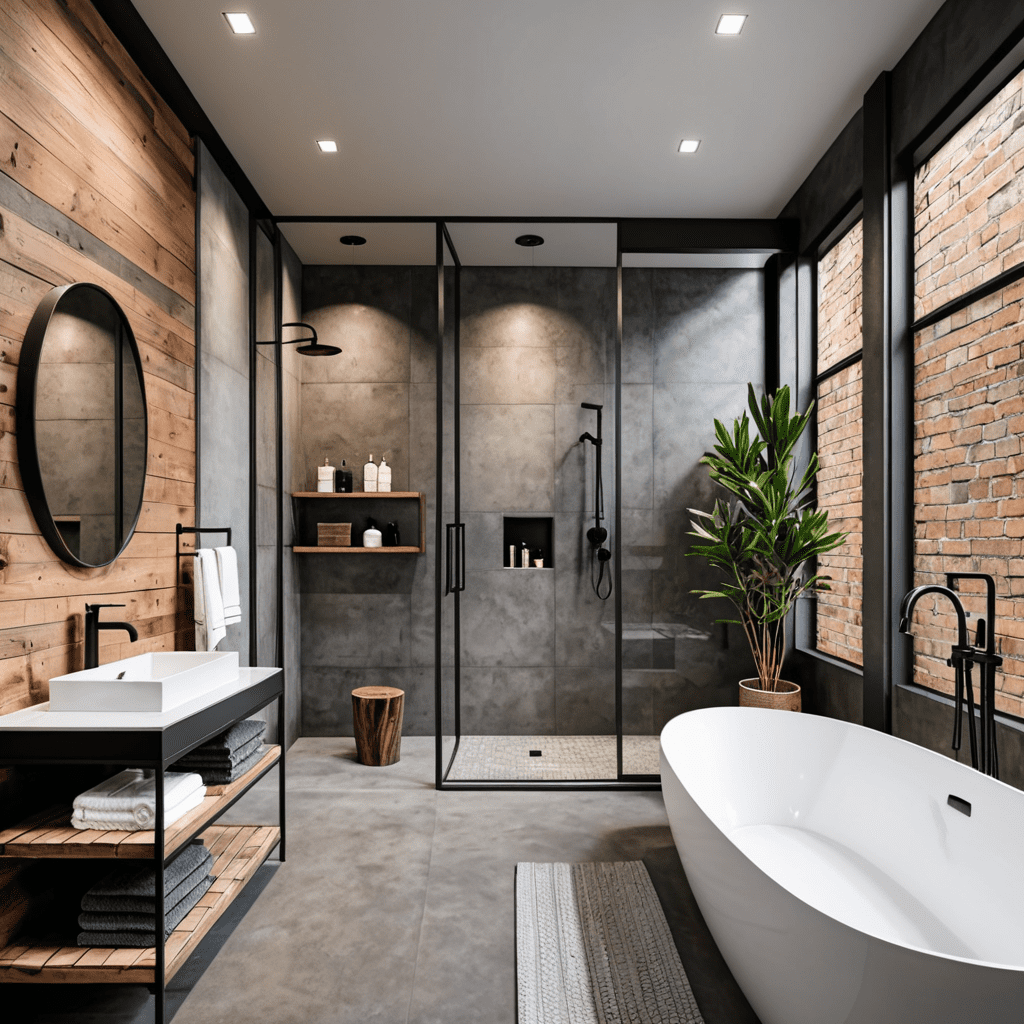Unlocking the Power of Shape in Interior Design: A Complete Guide


Unlocking the Power of Shape in Interior Design: A Complete Guide
When it comes to interior design, shape plays a pivotal role in defining the overall look and feel of a space. Whether it’s through furniture, decor, or architectural elements, the use of various shapes can significantly impact the aesthetics and functionality of a room. In this comprehensive guide, we’ll explore how different shapes can be leveraged to create captivating and harmonious interiors.
Harnessing the Power of Shapes
Shapes are fundamental building blocks of design, and their strategic implementation can transform a space into a visually compelling environment. From the sharp edges of a rectangular table to the soft curves of a circular ottoman, each shape carries its unique symbolism and visual impact.
The Impact of Different Shapes
1. Rectangles and Squares
– These shapes often symbolize stability and formality. Furniture such as square dining tables, rectangular bookshelves, and square-shaped sofas can lend a sense of structure and organization to a space.
2. Circles and Ovals
– Circular and oval shapes evoke a sense of fluidity and movement. Incorporating round mirrors, oval coffee tables, or circular rugs can soften the sharp edges of a room and create a more inviting atmosphere.
3. Triangles
– Triangular shapes, with their dynamic and energetic nature, can be used to add drama and interest to a space. Whether through triangular wall shelves or pyramid-shaped decor, these shapes can infuse a room with a sense of playfulness and creativity.
4. Organic Shapes
– Natural and irregular shapes, such as those found in organic forms like tree branches or river pebbles, can introduce an element of surprise and spontaneity to interior design. Embracing asymmetry and imperfection through organic shapes can add a touch of uniqueness to a room.
Creating Balance and Harmony
One of the key principles of using shape in interior design is achieving balance and harmony. Pairing contrasting shapes, such as combining the angularity of a rectangular sofa with the softer curves of a round rug, can create a visually dynamic and balanced composition. Moreover, repeating similar shapes throughout a space can establish a sense of coherence and unity.
Utilizing Shape in Different Design Styles
The use of shapes can vary based on the design style being implemented. For instance, modern and minimalist interiors often favor clean lines and geometric shapes, while eclectic spaces may embrace a mix of diverse shapes and forms. Traditional designs, on the other hand, may feature more ornate and symmetrical shapes in furniture and decor.
Practical Considerations
Beyond aesthetics, the practicality of shapes in interior design cannot be overlooked. Choosing furniture and decor that align with the shape and size of a room is essential for maximizing both visual appeal and functionality. Additionally, the flow of movement within a space can be influenced by the strategic placement of various shapes, ensuring a seamless and intuitive experience for occupants.
The Psychological Impact of Shapes
Shapes can also elicit emotional and psychological responses. For example, sharp and angular shapes may create a sense of alertness and stimulation, while softer, rounded shapes can induce feelings of comfort and relaxation. Understanding the psychological implications of shapes can guide designers in crafting spaces that cater to specific moods and experiences.
FAQ
Q: How can I effectively mix different shapes in my interior design?
A: When combining different shapes, aim for a balance of contrasting and complementary elements. For instance, pairing angular furniture with round accessories or introducing organic shapes alongside geometric forms can create a visually engaging and harmonious composition.
Q: Are there any shapes that are particularly versatile in interior design?
A: Rectangular shapes are incredibly versatile, as they can be adapted to various applications, from furniture to architectural details. Their clean lines and inherent stability make them a popular choice for defining spaces within a room.
Q: What role do colors play in enhancing the impact of shapes?
A: Colors can amplify the visual impact of shapes. For example, using bold and vibrant colors on angular furniture pieces can highlight their form, while softer hues can accentuate the organic curves of rounded shapes.
In conclusion, the strategic use of shapes in interior design can elevate spaces from ordinary to extraordinary. By leveraging the visual, emotional, and practical potential of shapes, designers can craft environments that not only look stunning but also enrich the lives of those who inhabit them.





